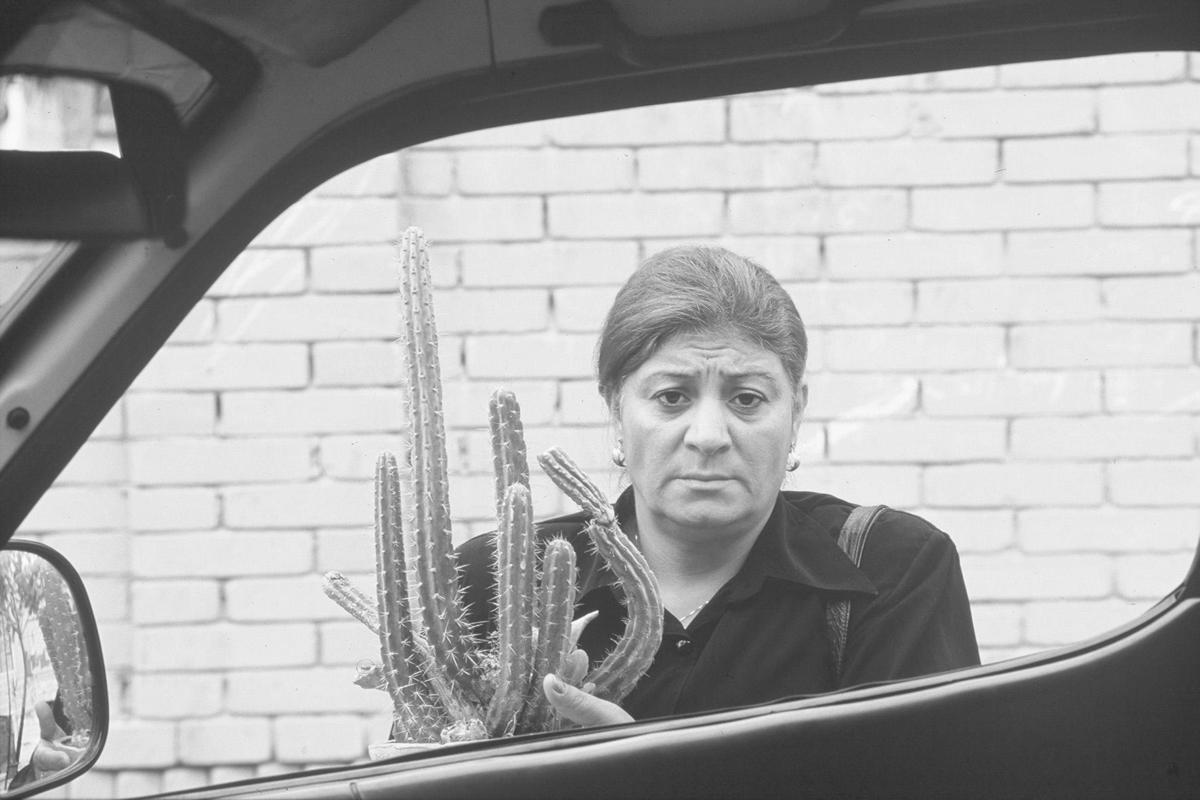
Denmark
Images of the Middle East
Various venues
August 12–September 20, 2006
Images of the Middle East had been on the drawing board for several years as the latest addition to a series of festivals organized by the Danish Center for Culture and Development. Given the Danish military engagement as part of coalition forces in Iraq and Denmark’s increasingly strident debate on immigration from the Muslim world, the project was charged from the beginning. It was further complicated when the publication of a series of caricatures of the prophet Muhammad in a Danish newspaper in late 2005 set off the now infamous “cartoon crisis.” Agreements were cancelled and funding withdrawn by partners in the Middle East, while the festival was increasingly seen by some Danish politicians and leading industrialists as a vehicle for the reestablishment of Denmark’s reputation abroad, which had suffered badly from the debacle. In the end, the pressure of these political ambitions combined with the project’s lofty stated ambitions to increase awareness and counter prejudice — and the fact that the program’s funding came in large part from Denmark’s national third-world-aid program — made for an event that was perhaps doomed to suffer under the multiple weights it shouldered.
As part of Images of the Middle East six or seven exhibitions of contemporary Middle Eastern art were situated in Copenhagen proper, while more were spread across the country in a range of spaces and institutions. Participating curators had to abide by certain criteria of geographical diversity. While wellintentioned, the politics of this diversity sometimes collided with curatorial strategies that might have been stronger if not limited by the rubric of nationality or ethnicity.
Take for instance the exhibition “Taking Place,” held at Charlottenborg Exhibition Hall, thematizing “everyday experience.” Among particularly strong works were Joanna Hadjithomas and Khalil Joreige’s film Khiam (2000), an account of the experiences of detainees in a prison camp in southern Lebanon. Here, detainees recalled how they crafted miscellaneous objects such as little texts written on wrapping paper with pieces of lead recovered from a battery, or dolls knitted from the threads of a blanket. Describing this production as an act of defiance and self-preservation under inhumane conditions,the work could be the point of departure for a discussion of trauma and aesthetic production, or the complex ethics of documenting suffering. In short, Khiam explored the mechanisms of conflict and oppression in a nuanced manner.Simply aligning that with“everyday experience” in the Middle East seemed irrelevant, at best. Noteworthy here also was Emily Jacir’s Sexy Semite (2000–2002), a series of mock personal adds placed in New York’s Village Voice by Palestinians hoping to start relationships with Jewish partners, hence allowing them back into Israel under the laws of return.

In the meantime, a joint project by the Copenhagen Contemporary Art Center, Nikolaj, and the Museum of Contemporary Art, Roskilde, “Coding: Decoding,” featured a pairing of Hala Elkoussy and Yael Bartana at CCAC, and Lamia Joreige and Zineb Sedira at MoCA.These shows escaped the pitfalls of mandated multiculturalism by reducing the number of artists and boasting an impressive screening program of approximately fifty video works and documentaries. In its breadth, the screening program compiled the works one wanted to see there (among them, a strong representation of the Beirut scene) as well as works by lesser-known artists. More importantly, it served as a mapping of artistic strategies and ongoing cooperation in the region, delineating a new geography instead of playing by the rules of the old one.
At the National Museum of Photography, an exhibition entitled “Under the Same Sky” featured, among many works, Yto Barrada’s short video, The Magician (2003). Showcasing an aging magician in Tangier on the verge of losing his grip on his trade, the video evoked the fragility of existence in general, and of life in Tangier — an immigration hub to Europe — in particular. By shifting the focus from the physical passage of Tangier’s Strait of Gibraltar to the emotional economy of migration, Barrada managed to highlight a dissonance between photographic realism and the complex realities it sometimes aims to represent. This point recurred throughout the exhibition. Such was also the case in Shirana Shahbazi’s series Goftare Nik/Good Words (2001), a slick architectural arrangement of photographs mapping a collision between vernacular languages, such as Iranian billboard iconography, and a documentary style reminiscent of both August Sander and Thomas Ruff. While the curators of the exhibition seemed to argue for the universal nature of the dissonance between photographic realism and complex realities (as manifested in a recurring theme of borders), the artworks seemed to say that it is not quite so simple.
Throughout the city, billboards and “image-cubes” aimed to engage a broader audience than the typical art-going circle. Featuring, among others, portraits of Iranian women by Farhad Moshiri, the billboards were criticized by some as taking too many liberties in mocking certain clichéd aspects of the Middle East, such as the iconic veil. In a full-page interview in a Danish newspaper, Moshiri complained that he was misunderstood, which to me seemed the natural outcome of being held hostage to a campaign so obviously framed as a populist one.
Although an awareness of the dangers of institutionalized multiculturalism was present throughout the shows (not to mention in the associated seminars and workshops), one was left wishing that exhibitions had taken a more overtly critical stance. But such was the game. Having had so many aims and ambitions, it is difficult to choose a measure by which to assess the festival as a whole.All the same,I was happy to see many strong works presented, it’s just that I was sometimes left wishing that I had seen them somewhere else.